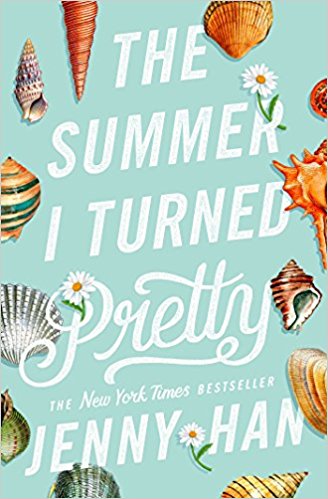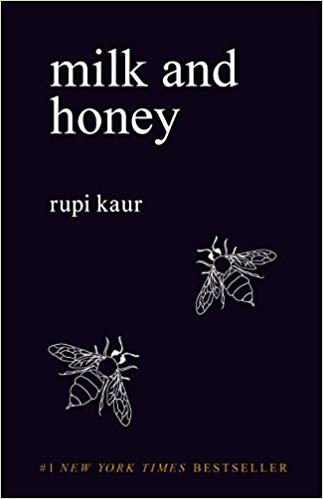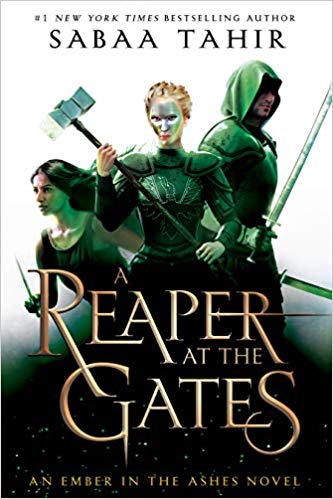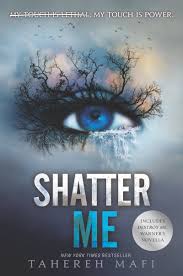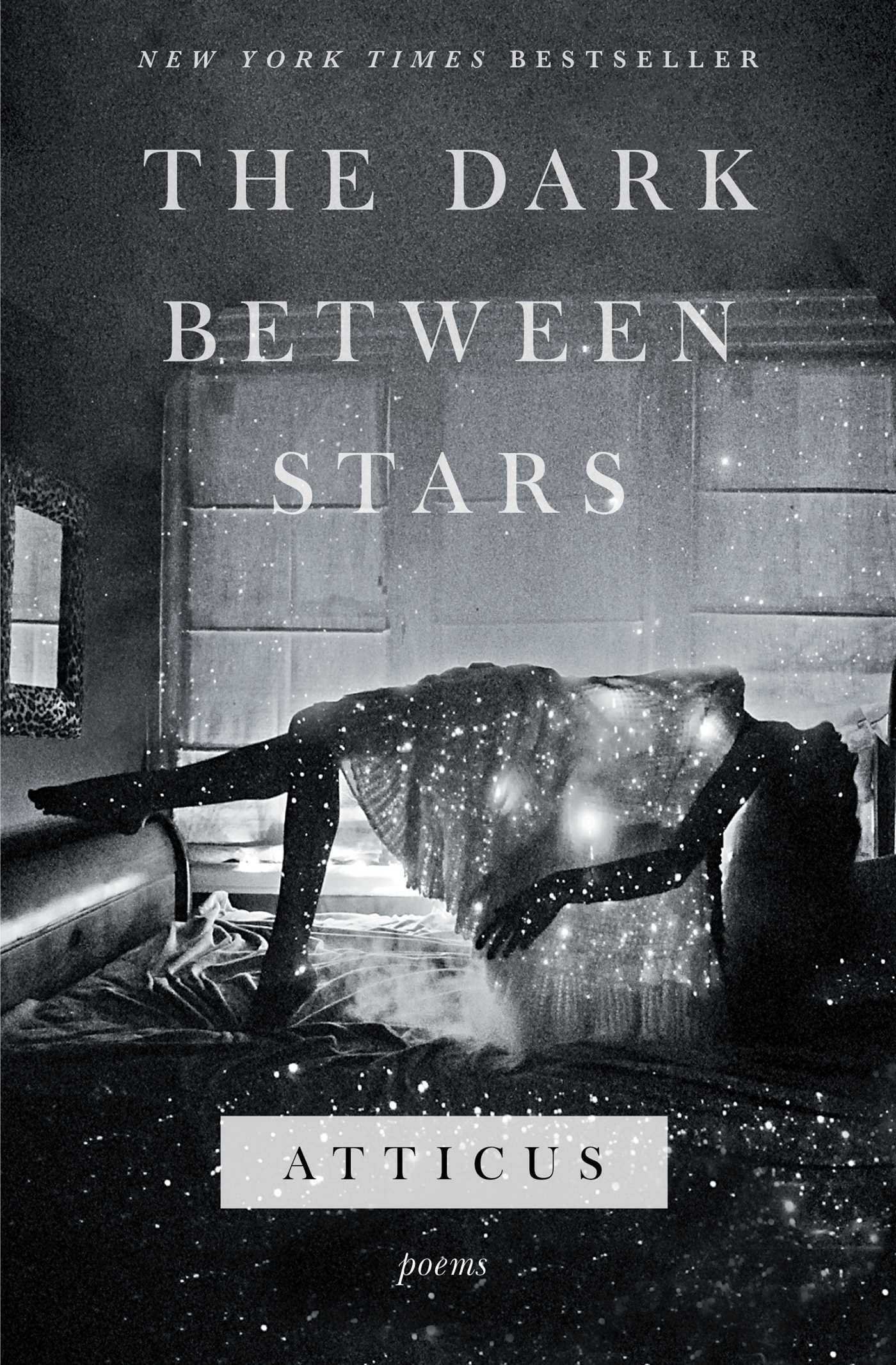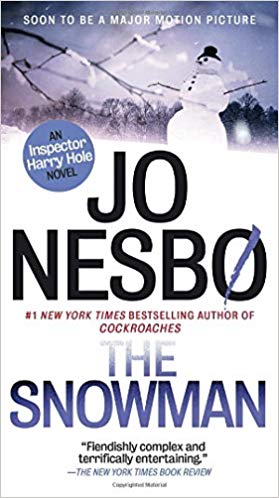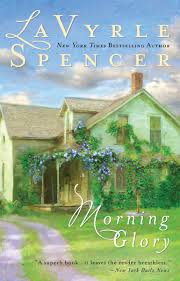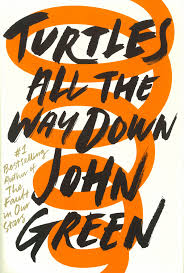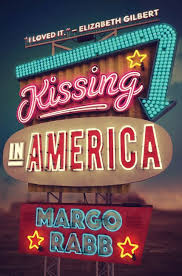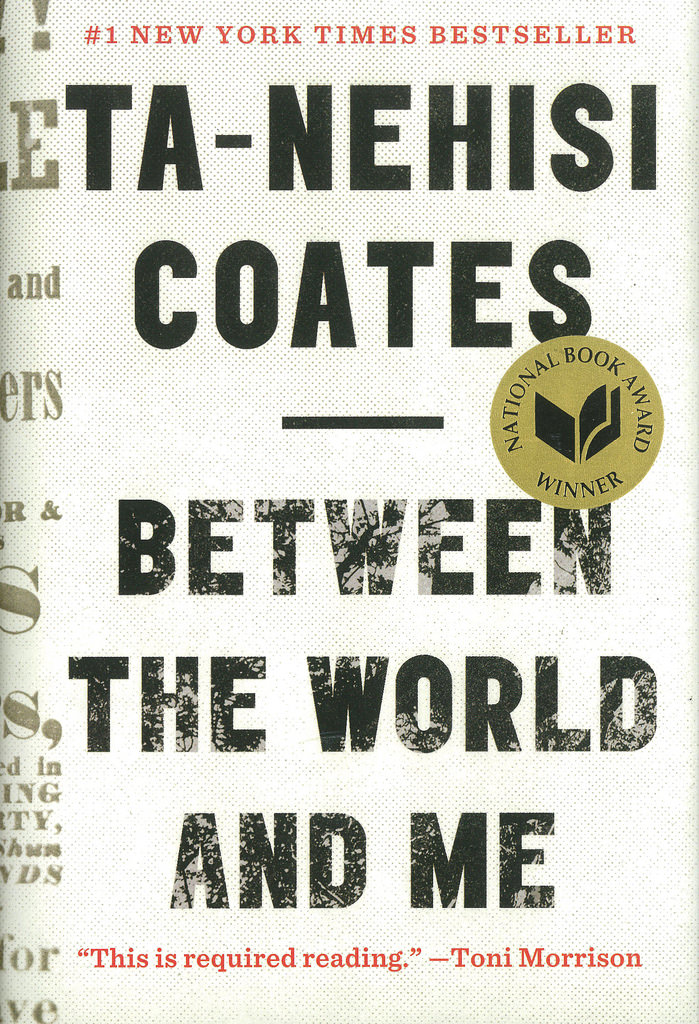Look up “pacing your novel” on the internet, and you’ll hit a list of links page after page. It’s a topic about which writers are curious and hopeful of answers. The conundrum is, however, there isn’t a quick and true “fix” to pace. A range of techniques from developing conflict and tension to literary devices like dialogue, imagery, and syntax (personal usage of language) are presented as means to achieve the elixir for pace. There’s a plethora of information out there.
Every writer has a toolbox built over the years of developing craft. Again, Stephen King talks about this extensively.
So, instead of write about pacing from the same lens of what’s already been offered, I thought I’d draw from my writer’s toolbox and cover a technique I learned and have used directly related to pacing.
First and foremost, as Stephen King has impressed upon us in his On Writing: a Memoir of the Craft, read, read and read some more. There is no better way to become a better writer (other than to write). Studying authors you like, different genres, “listening” to the beats of writing with a writer’s ear is the first and best way to develop your own style which includes pacing. This is not an easy fix, just a necessary truth.
That said, here’s a tool from my own TOOLBOX: Compression and Expansion
Several years ago, I attended a workshop called Write Your Life by Mark W. Travis (Hollywood Director; see his books about directing, writing, and writing structure). The purpose of the workshop was to explore autobiographical storytelling, and while it was geared toward oral storytelling it supported the art of writing the story. Two terms Mr. Travis taught were the ideas of Compression and Expansion both of which I have found useful in the art of pacing.
Compression does exactly what it sounds like: compress or press together in the case of story time. Consider in a movie the idea of a montage (i.e., a training montage in an action film, or the makeover trope in a romance film) and the way the visuals are pieced together to showcase the passage of time. Compression does this in a written form, highlighting key moments to compress the passage of time into something small and powerful.
Expansion is the opposite. It takes a key moment and expands it, highlighting its importance for the character, conflict, and theme. Visually, in a film, this might be a slow motion moment or a flashback. Expansion as a technique of writing follows a similar pattern as compression, highlighting key words and ideas to expand the idea into something meaningful.
The ideas in practice using work I’ve written would look like the following excerpts from my novels Swimming Sideways and The Ugly Truth. First determine a scene which you feel would benefit from either technique and determine if you want to highlight the passage of time - compress it - or the importance of a moment - expand it.
Compression (from The Ugly Truth):
In the following scene, Seth, the protagonist, has become aware of himself and the fact his consciousness is outside of his physical body. The compression used in this scene was meant to compress an unknown amount of time for him because time has stopped making logical sense:
The wail of the siren.
Words: “Stay with us, Seth.”
The wail of a woman (I think she is my mother).
Bright lights.
Beeps and blips of equipment speaking.
Drip.
“Swelling.”
“Induced coma.”
Doctors.
Whir.
Now.
I don’t think it has been very long. If I use the emotion of the woman I think is my mother’s gusts of grief as a measure, this seems recent.
Expansion (from Swimming Sideways):
The following scene is the moment the audience learns what happens to Abby in her past as she attends a party with her friend, Seth. Though the moment explores a party she attended in her past and the subsequent trauma of it, instead of glossing over the idea in a few sentences or a paragraph to tell what happened, I expanded it to heighten the drama of the whole scene.
I close my eyes and slip backwards in time:
Have another drink.
Feeling loose.
Kanoa is staring at me.
Giddy with his attention.
Another drink. He brings it to me.
Laughter.
Kanoa is all-encompassing. I’ve seen him at school. He’s older.
He asks me to dance.
Pressed up against me, the dance is slow. I feel his body. The ache of want.
A kiss and my heart dances too.
Here, have another drink.
Drown the pain and grief of losing Poppa.
I return to the dance with Seth and shudder. He leans back, lifts my face to look at him. He’s smiling, until he realizes I’m crying. “What’s wrong?” he says.
I shake my head, unable to speak and bury my head against his chest as I return to the past:
Another dance. Another drink. I feel loose.
I feel dizzy. Where are my friends?
Here’s another drink. Kanoa. He’s there.
Have another. Drink up.
Where are my friends?
Inhibition dissipates like steam from a boiling pot.
Fast song.
Kanoa dancing with me.
“Dance for me,” he says.
People encircle us.
The crowd chants my name but they slip away as I move; a show for Kanoa.
Kanoa pulls at my shirt. I help him take it off.
His hands all over my now bare skin.
His undivided attention. His smile.
I dance. He helps me, his hands guiding my hips.
The crowd cheers.
I didn't know there were cameras.
A show for everyone.
It was too late.
Where are my friends?
In a viral moment, I became the resident slut of my high school.
Writing is about making choices to propel our goal as writers of telling the best story we can. My goals for using these techniques were to:
pace the content,
highlight the importance of the moment in the narrative,
add to and build tension, and
finally to continue developing characters.
Is it directly related to pacing? Maybe. Maybe not. You decide.


